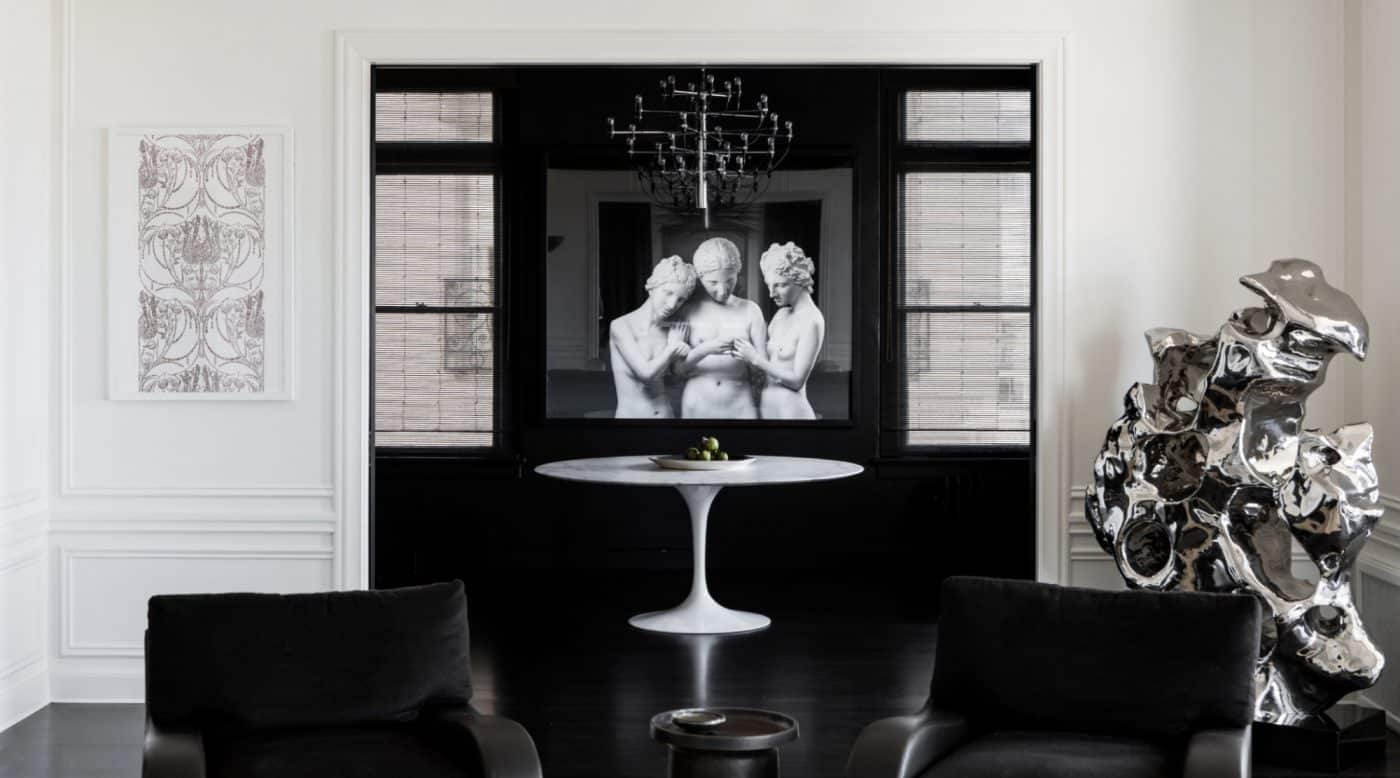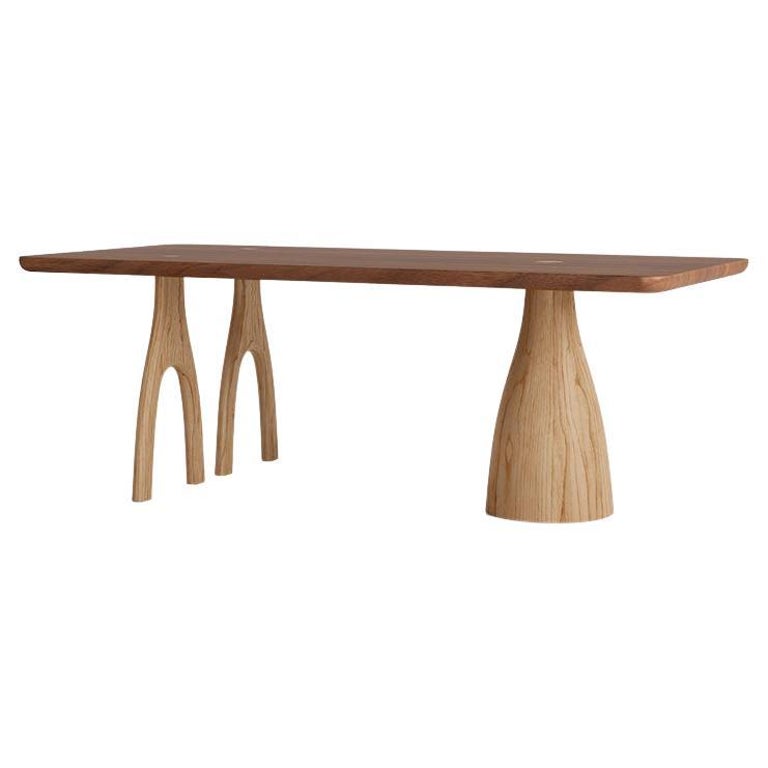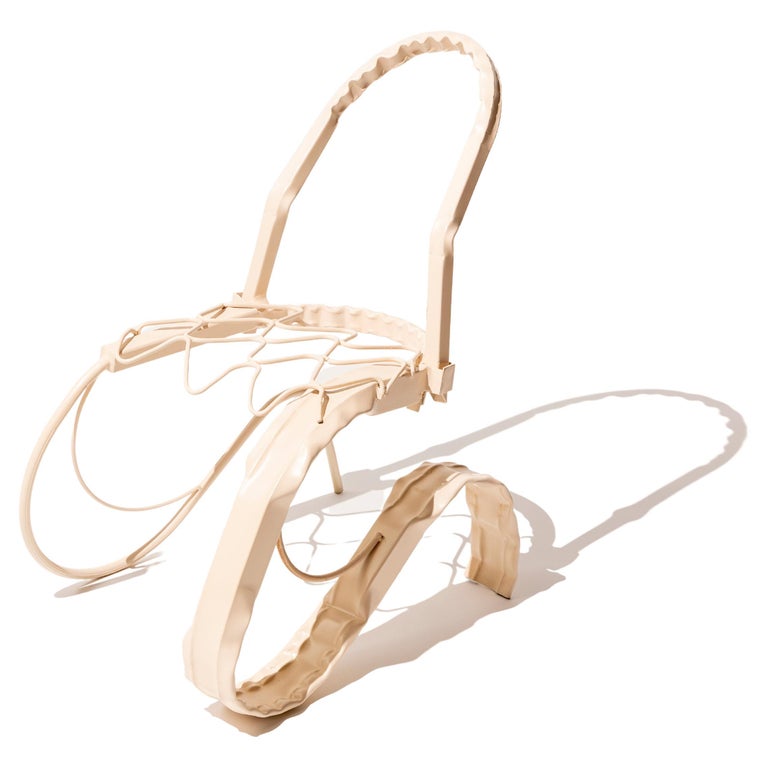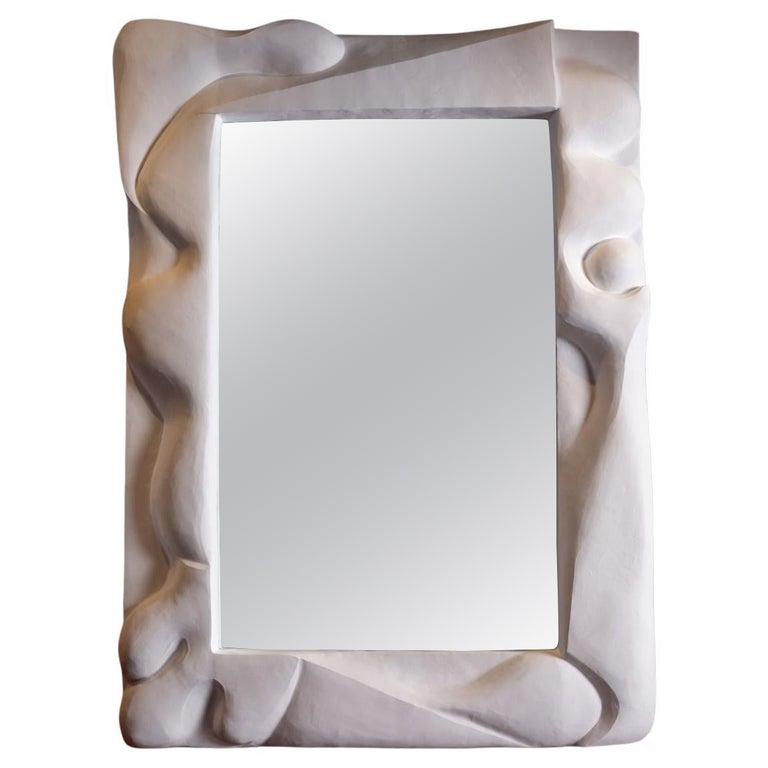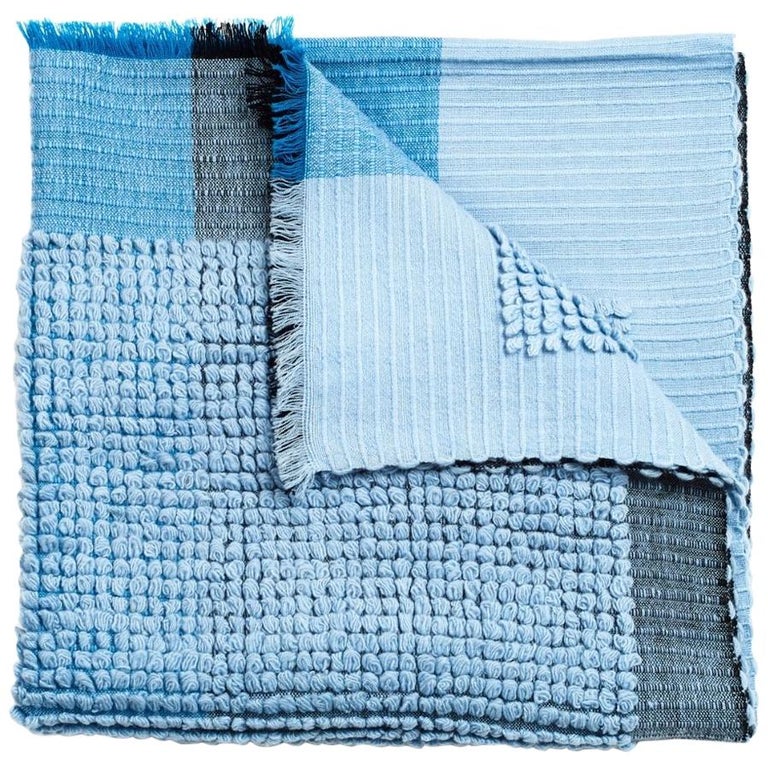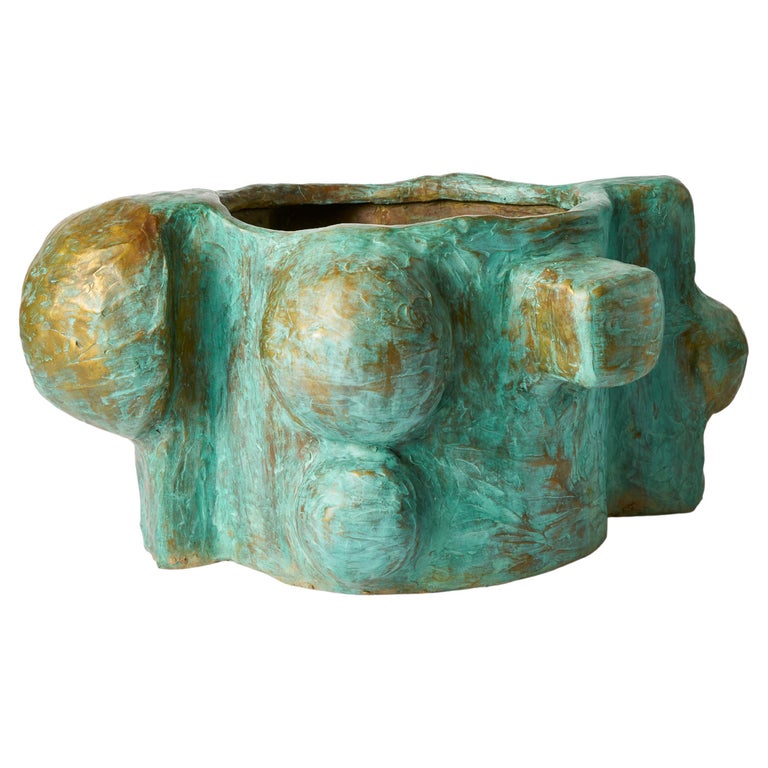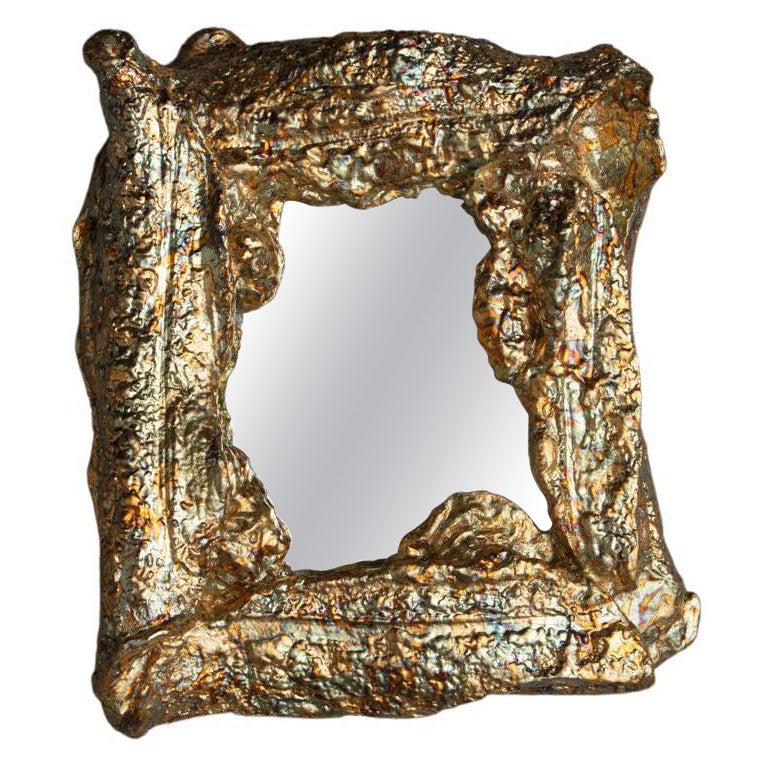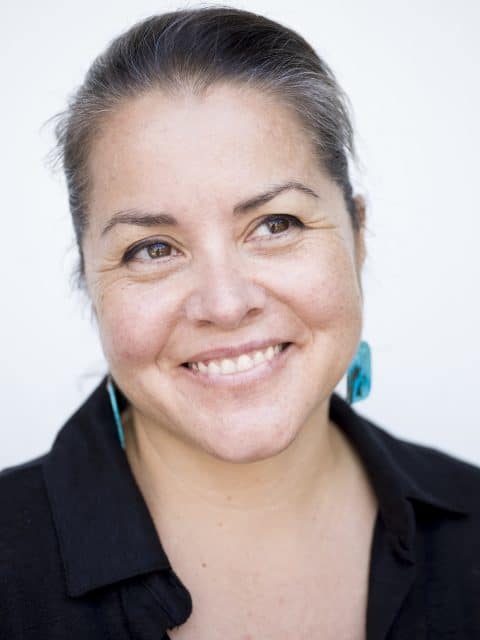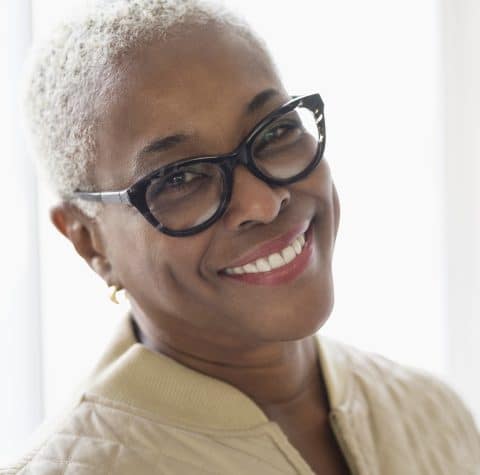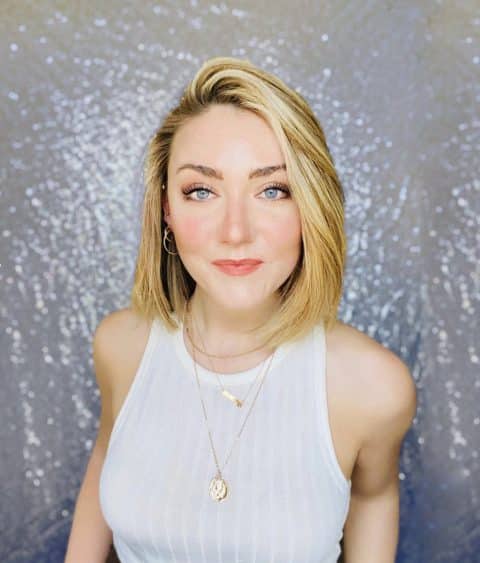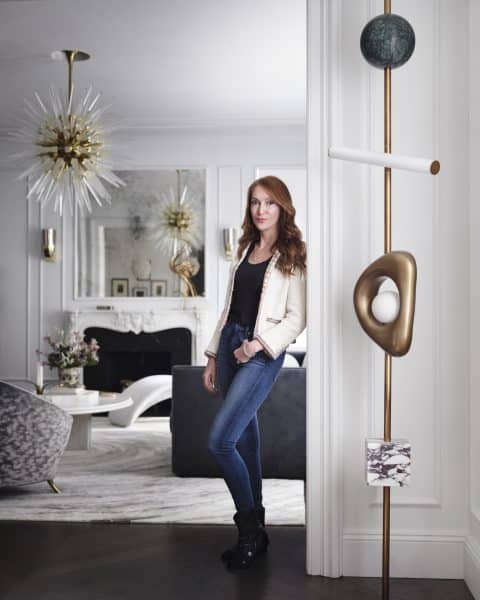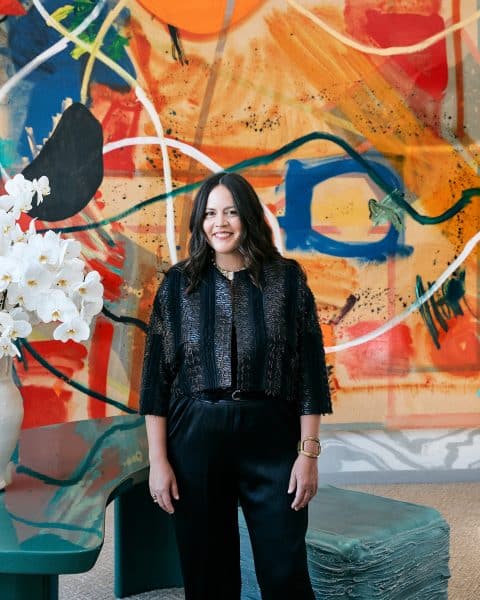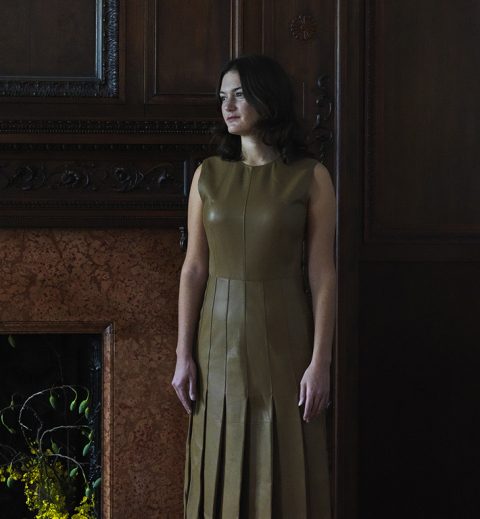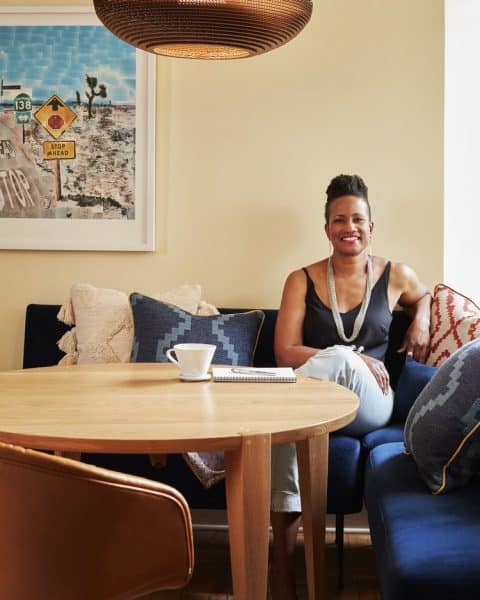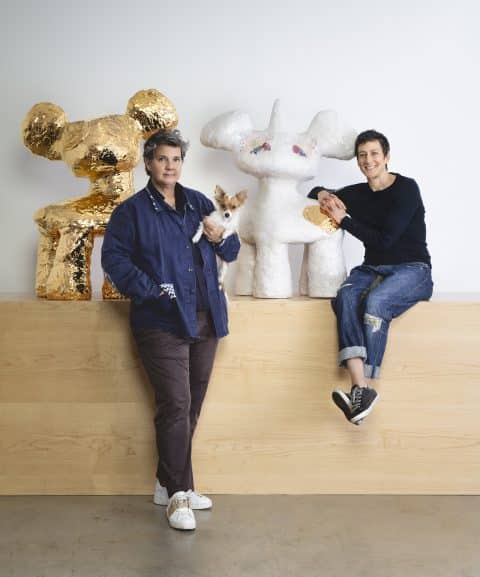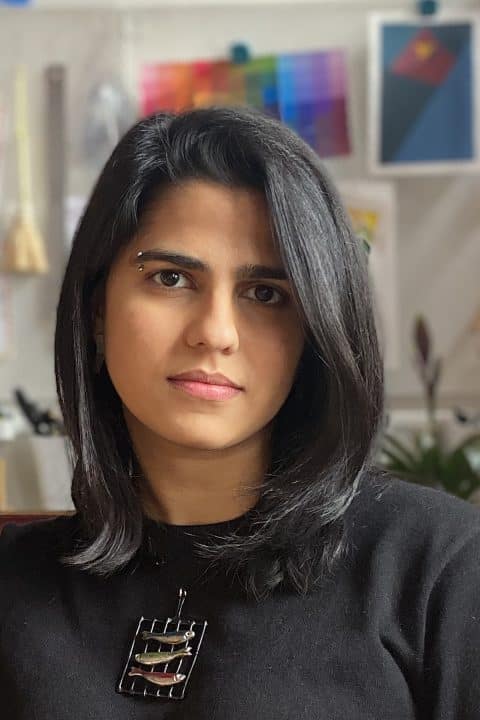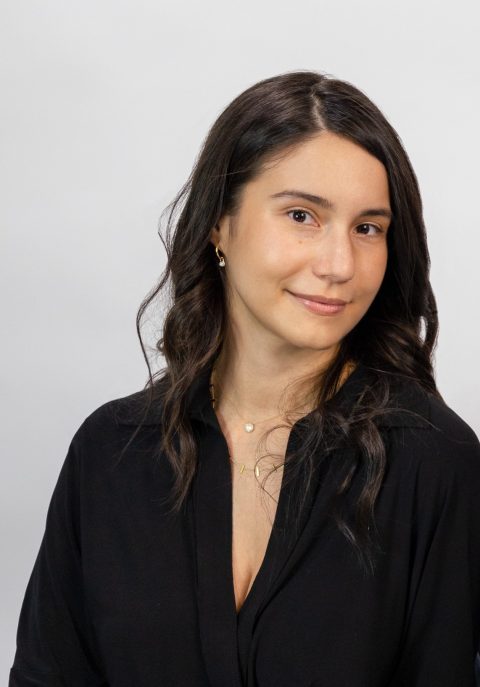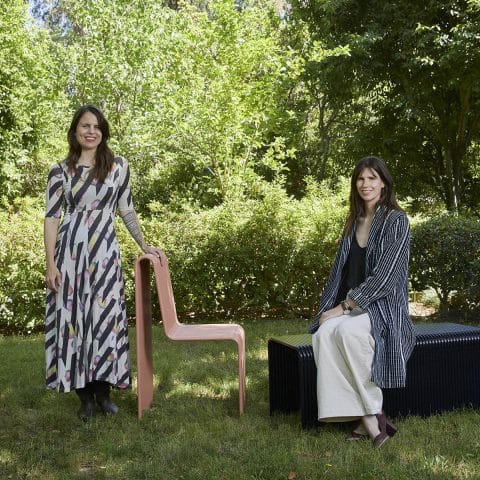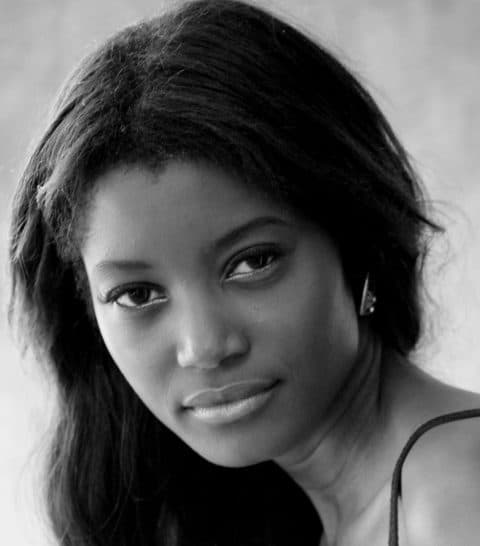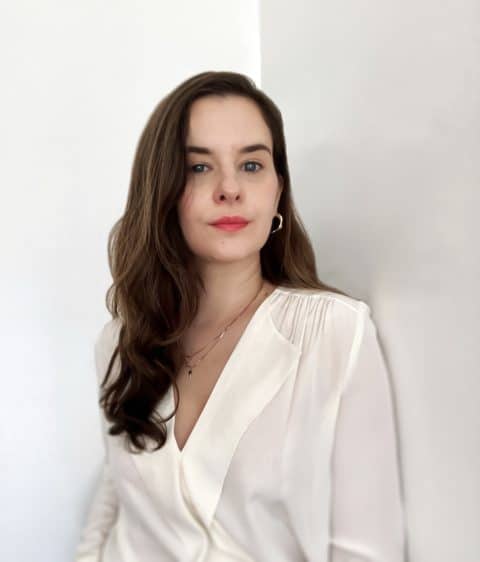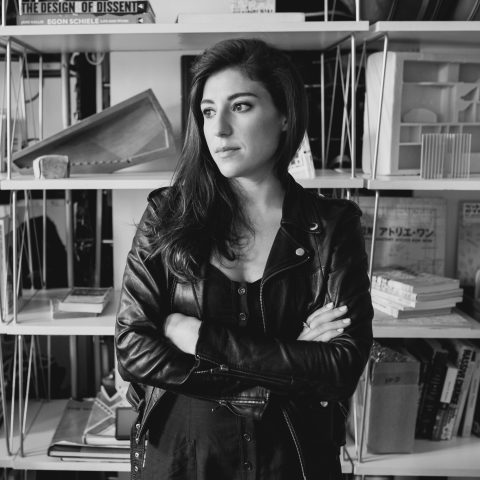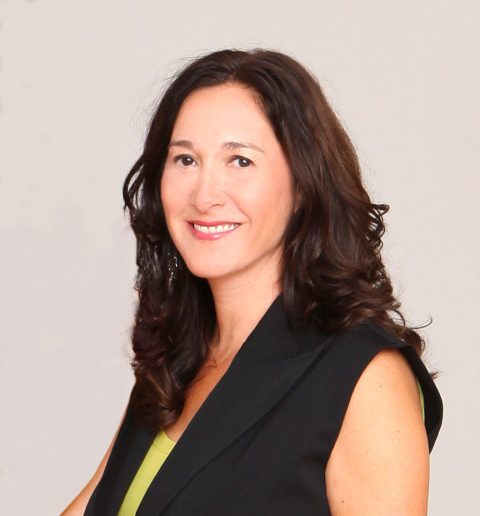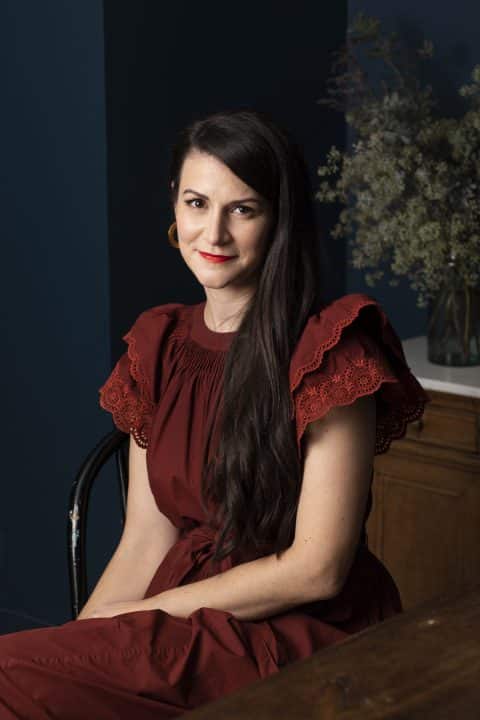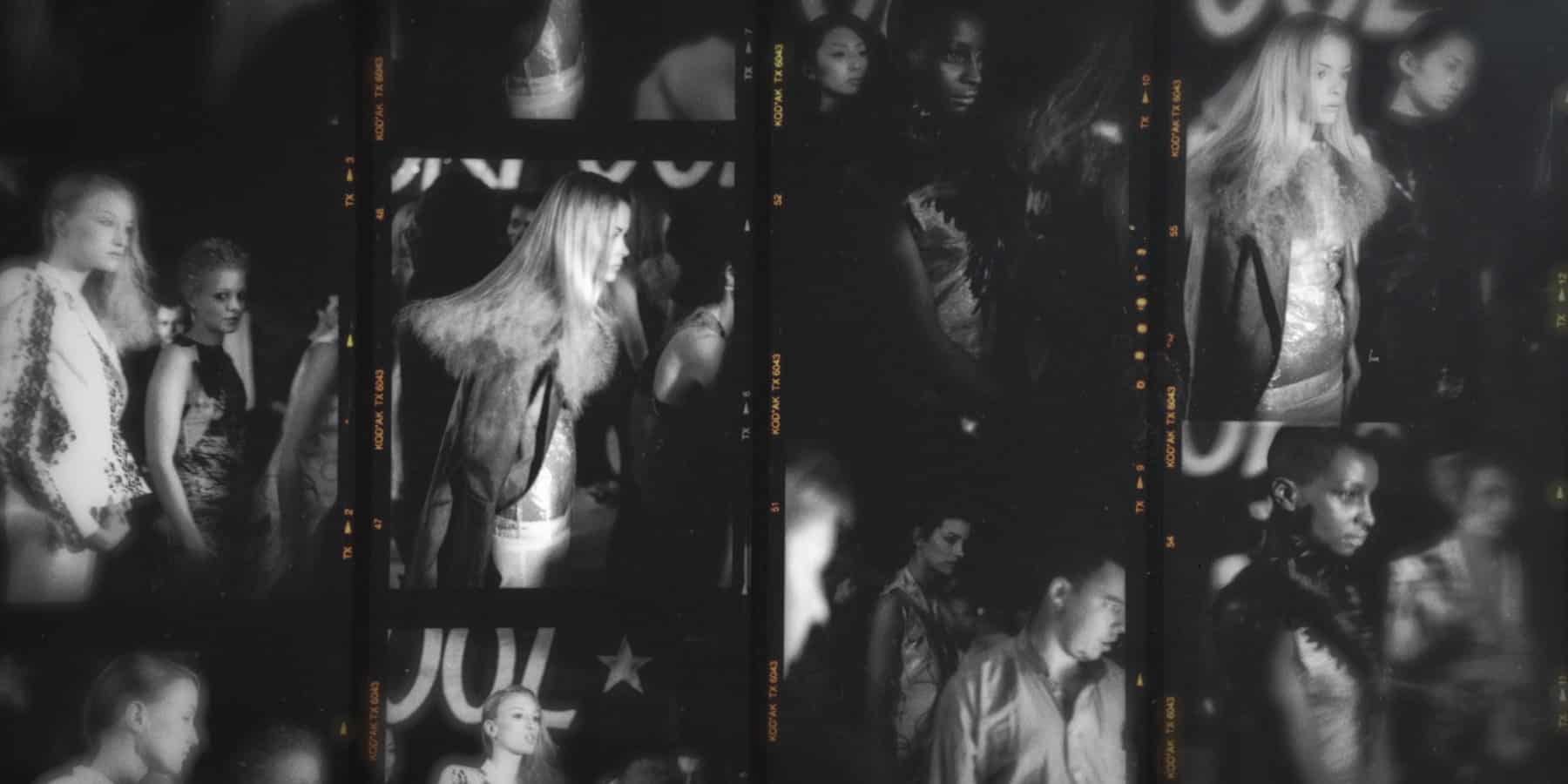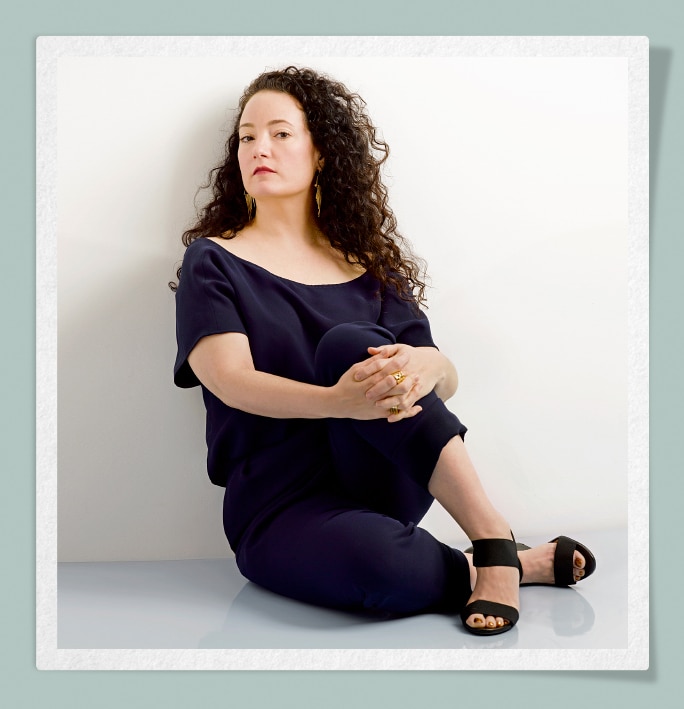
March 5, 2023Anyone who has ever started a business knows that it’s a slog of hard work and long hours. For a woman starting a business, there’s also a sneaking suspicion that some of the effort you’re putting in is simply to address the fact that you’re female-identified in a male-dominated world.
“I was coming up against a lot of roadblocks,” Lora Appleton says of starting her gallery and studio, Kinder Modern, which offers vintage and contemporary children’s furnishings for design lovers. “I had difficulties being respected and establishing positive working relationships with male-driven fabricators.” She was also pretty sure that what she was going through was happening with other female-led studios.
This was in 2016 just after the presidential election, which only increased Appleton’s sense that she should connect with other women. As a first step, she opened her studio for a meeting, which she promoted only by word of mouth to a few other women in the design industry. “The room was full,” Appleton says, noting that the next month, when she invited a second group of women, it was full again. “The themes and issues just kept rising to the surface, like frustration about being looked at as ‘less than’ and not having any role models in school.”
Wanting to fill this need for a supportive community, Appleton started the Female Design Council as a space where all female-identifying individuals who contribute to any aspect of the architecture and design industry could find a place dedicated to building gender parity and equality. FDC uses the term womxn to “actively signal our community’s gender inclusivity,” the website notes.

“FDC gives women opportunities to amplify our voices in a gender-imbalanced field,” says Katja Hirche, director of New York–based gallery Bernd Goeckler.
Those opportunities include professional-development workshops on practical matters like contracts and legal issues, licensing fees and finance. “I was very honored to be part of a Female Design Council event where, in a conversation with interior designer Amy Lau, we talked about our business practices and the way we go about them,” says Cristina Grajales, founder of the eponymous design gallery in Lower Manhattan. “Hopefully, we inspired women to follow their own paths.”

For artist Lauren Goodman, who lives and works in Montreal, FDC has been a source of support and information. “As an early-career artist, you have so many questions, and I found myself constantly guessing at which direction to take next,” she says. “Finding a space where women-identifying professionals at all stages of their careers were eager to connect, collaborate and offer advice was truly profound.” One example of that connection was FDC member Sara Schoenberger‘s inviting Goodman to participate in the 2022 Radiator design show, which Schoenberger cocurated during New York Design Week.
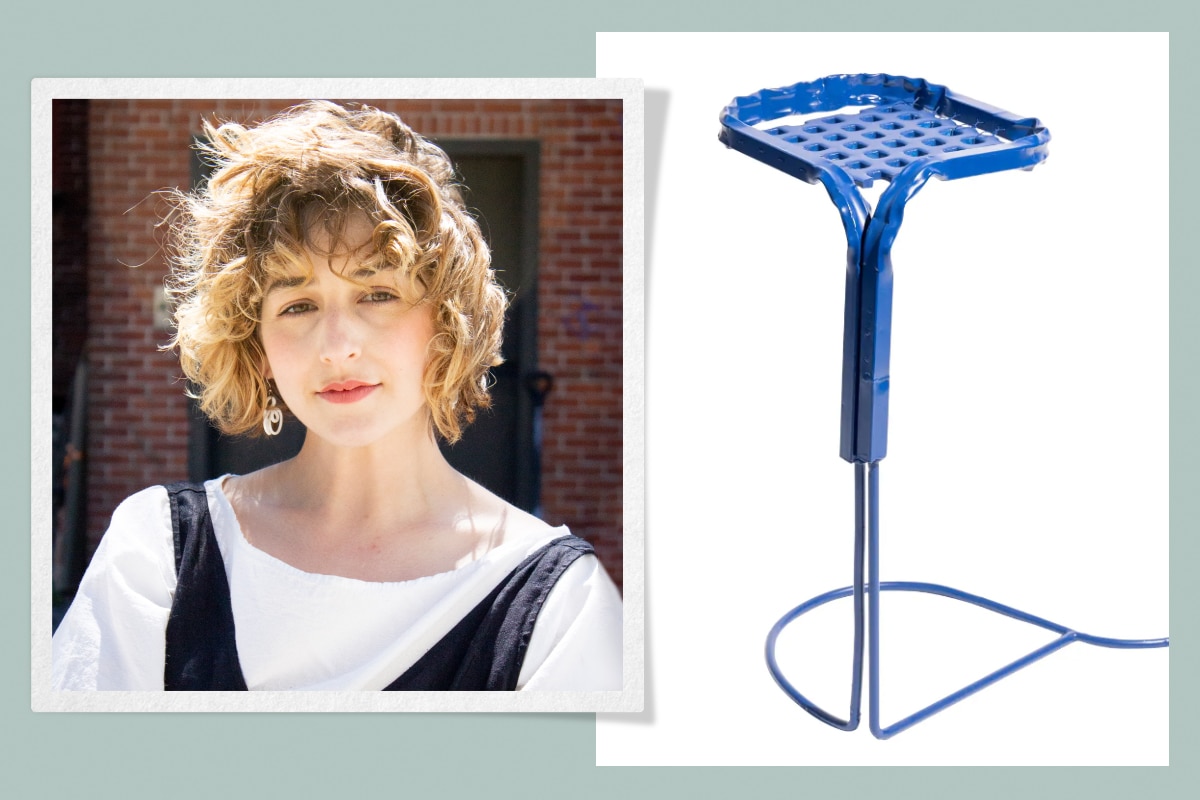
Appleton agrees that support and information sharing are important but notes that women also need the confidence to use that information in negotiating and managing. “We have to learn that you can run a business ethically and with emotional intelligence and still ask for what you need,” she says. “I have the same issues that come up for our members, and we’ve created a safe space where people can share and connect and can pass work around.”
To encourage those relationships, Appleton has used fun techniques like applying the speed-dating format to networking events. But she also uses old-fashioned personal introductions to bring people out of their shells and get them talking to those whom they might not otherwise meet.

“This has been the best community I’ve belonged to in my professional life,” says Maria Camarena, cofounder of furniture studio SinCa Design, in Tolland, Connecticut. “It isn’t just a networking platform. It’s a group of real human beings who are willing to connect. And it doesn’t matter if you’re just starting in your design career or you’re well established — you know you belong.” Camarena notes that Ana Claudia Design, which she found through FDC, recently commissioned her to make a custom oval version of her Mezcal dining table for a project.
According to Anishka Clarke, cofounder of Brooklyn interiors firm Ishka Designs, the organization has provided several such introductions to talented individuals. “FDC has been a plus for my design firm, as it has connected me to so many female makers and artists that I may not have otherwise known, and as such, the community has become a vital resource,” she says. Clarke is currently working with FDC member Urvi Sharma, cofounder of contemporary furniture company Indo-, on a custom dining table for a project in Manhattan.

Part of FDC’s mission is to foster diversity within the female-identifying design community. To help reach that goal, FDC gives out grants and at least 25 gratis memberships each year to people of color. According to Appleton, the intention is to provide a supportive community for womxn who often haven’t had any support. Says Clarke, “I continue to applaud the efforts that the FDC makes to improve diversity within the organization and beyond.”
When thinking about what’s next for the group, Appleton is enthusiastic. “I want to dig further into professional development and engage our community,” she says. “We’re trying to have the organization be nimble, so anyone — regardless of background, access to funds or tenure in the industry — has the same possibility to get resources and to get connected.”
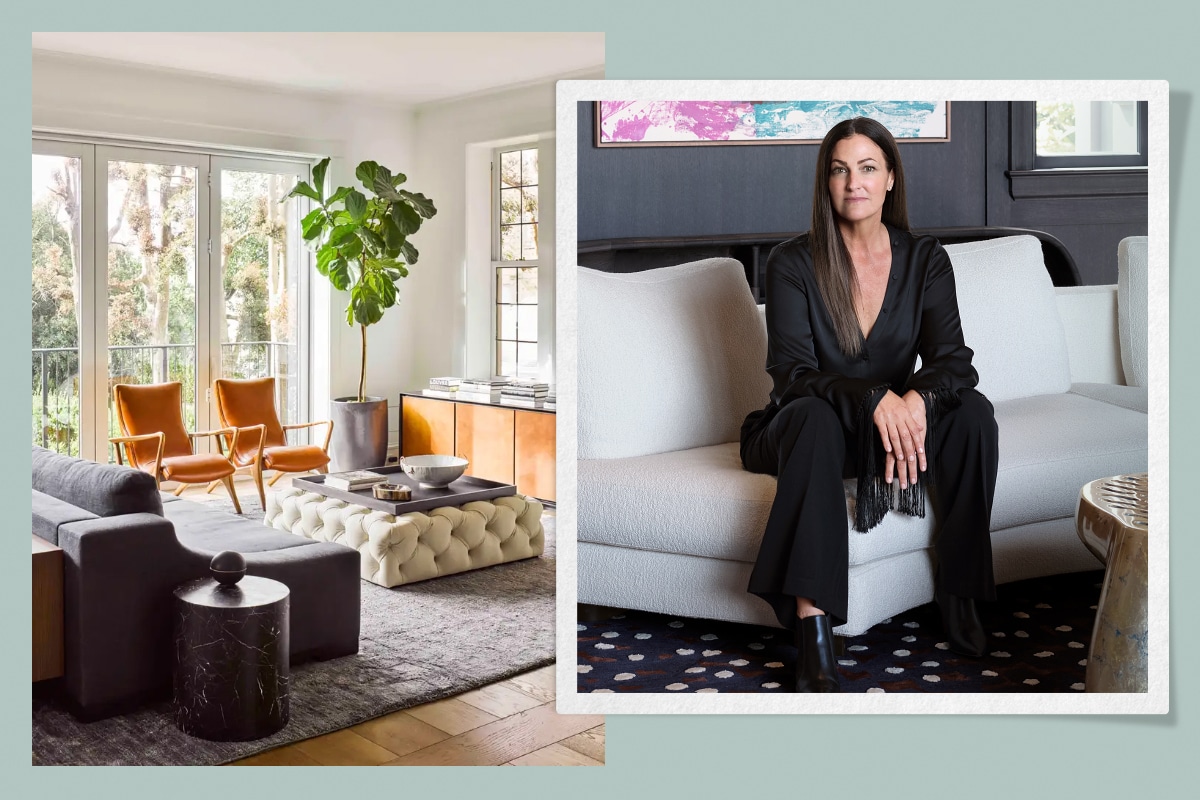
That member engagement has been important as well for Nicole Hollis, founder of a San Francisco–based firm of more than 100 designers and architects. Hollis also connected with Sharma and Indo- through FDC and used their sconces at the just-finished Kona Village resort in Hawaii. “There is value and power in supporting and connecting with females in a range of creative disciplines,” she says. “FDC gives us the space and opportunity to elevate and inspire one another in unique ways where we otherwise wouldn’t have.”
FDC can’t magically erase the amount of effort it takes for a woman to lead an organization or make a living as an artisan, but it can answer questions and create a sense of community. “You see you’re not alone, and that really helps,” Appleton says. “There’s an incredible network of growth that is authentic, real and heartwarming. That’s what it all comes down to.”
